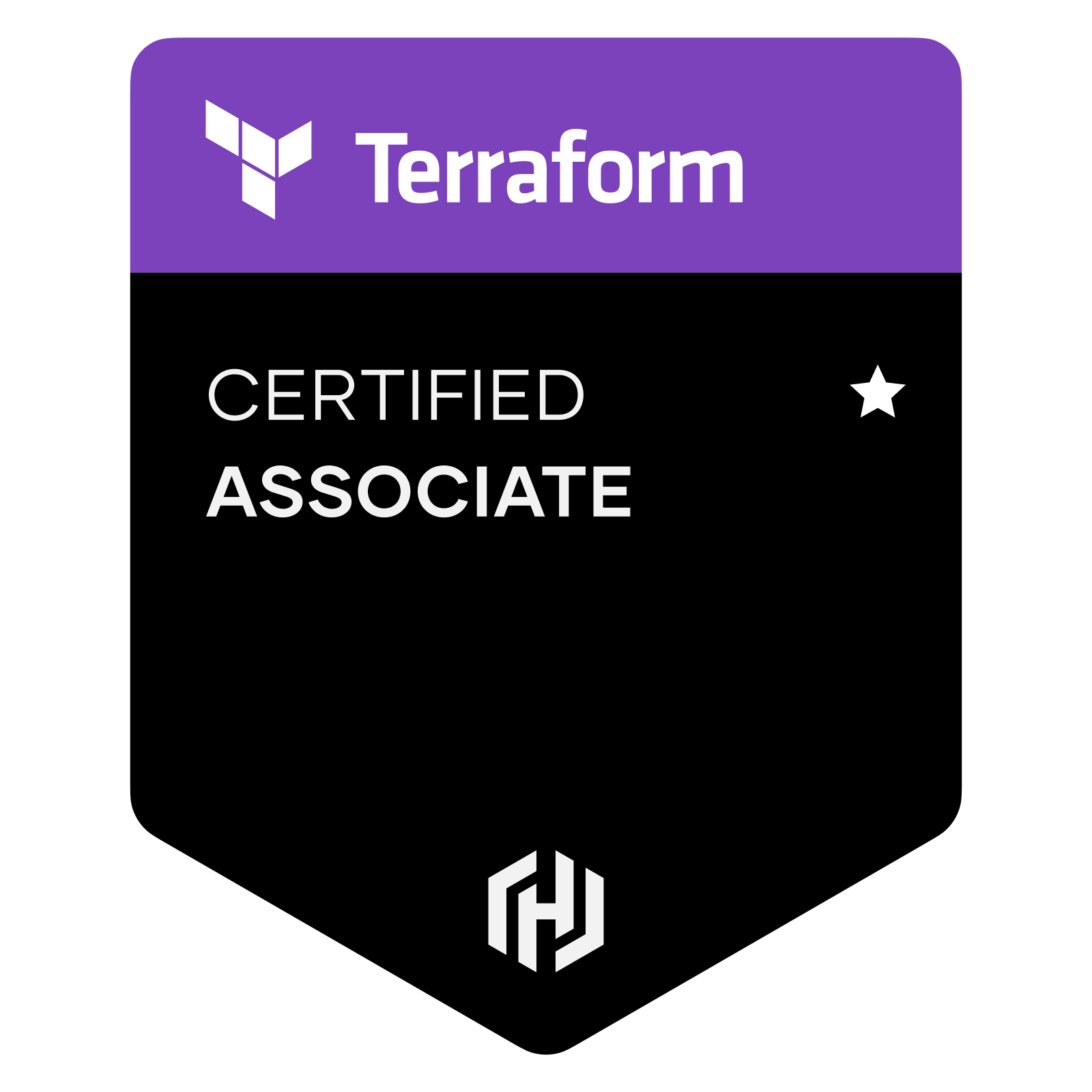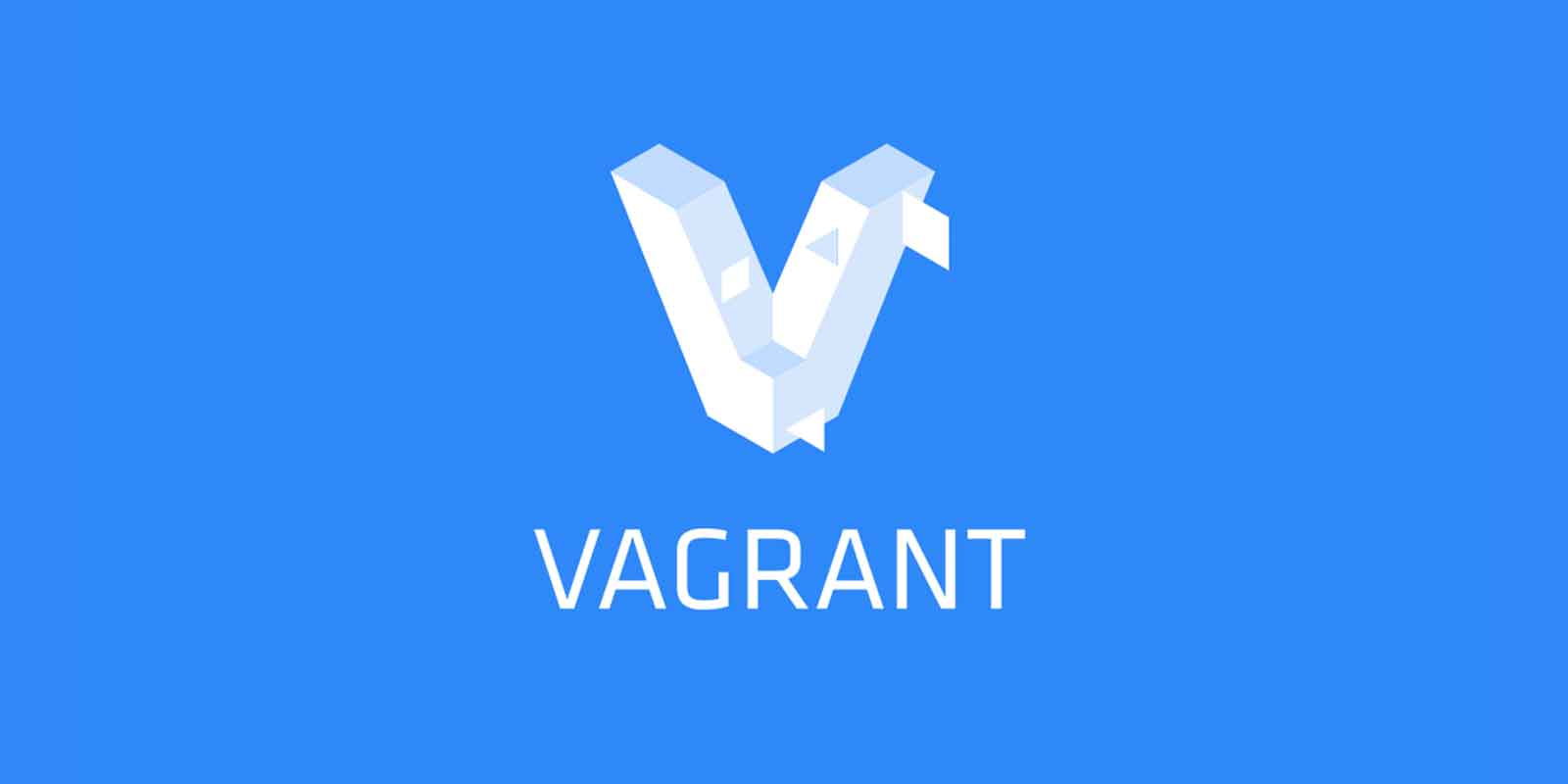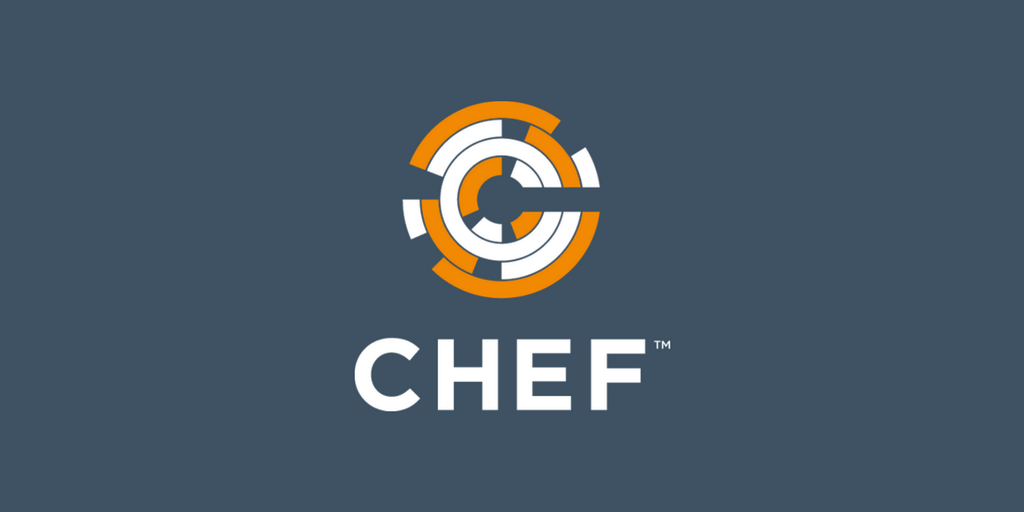Description
Introduction
The HashiCorp Certified: Terraform Associate (003) Training is designed for IT professionals, DevOps engineers, and cloud administrators who want to master Terraform for infrastructure as code (IaC). This HashiCorp Certified for Terraform Associate training covers core concepts, workflows, modules, state management, security best practices, and integration with cloud providers. It prepares candidates for the Terraform Associate (003) certification exam, ensuring they can provision, manage, and optimize infrastructure using Terraform efficiently.
Prerequisites of HashiCorp
- Basic understanding of infrastructure as code (IaC) principles
- Familiarity with cloud platforms (AWS, Azure, or GCP)
- Basic knowledge of CLI commands and scripting
- Experience with networking, servers, and cloud computing (recommended but not required)
Table of Contents
1. Introduction to Terraform and Exam Overview
- 1.1 Overview of HashiCorp Terraform and IaC(Ref: HashiCorp Certified: Vault Operations Professional Training)
- 1.2 Understanding the Terraform Associate (003) Exam Format
- 1.3 Study Guide and Exam Preparation Strategies
2. Installing and Configuring Terraform
- 2.1 Installing Terraform on Different Operating Systems
- 2.2 Understanding Terraform CLI Commands
- 2.3 Setting Up Terraform for AWS, Azure, and GCP
3. Terraform Core Concepts and Workflow
- 3.1 Terraform Providers and Modules
- 3.2 Writing and Organizing Terraform Configuration Files
- 3.3 Terraform Workflow: Init, Plan, Apply, and Destroy
4. Managing Terraform State
- 4.1 Understanding Terraform State and Its Importance
- 4.2 Using Remote State Storage (AWS S3, Azure Blob, GCS)
- 4.3 Locking and Securing State Files
5. Terraform Modules and Reusability
- 5.1 Creating and Using Terraform Modules
- 5.2 Best Practices for Structuring Terraform Code
- 5.3 Managing Module Versions and Dependencies
6. Terraform Provisioners and Functions
- 6.1 Using Built-in Functions and Expressions
- 6.2 Configuring Terraform Provisioners
- 6.3 Conditional and Looping Constructs in Terraform
7. Working with Terraform Cloud and Enterprise
- 7.1 Introduction to Terraform Cloud Features
- 7.2 Setting Up Terraform Workspaces
- 7.3 Remote Execution and Collaboration
8. Security and Compliance in Terraform
- 8.1 Managing Sensitive Data with Terraform Variables
- 8.2 Implementing Role-Based Access Control (RBAC)
- 8.3 Ensuring Compliance with Terraform Policies
9. Debugging and Troubleshooting Terraform Issues
- 9.1 Identifying and Resolving Common Terraform Errors
- 9.2 Debugging Terraform Plans and Apply Failures
- 9.3 Logging and Monitoring Terraform Execution
10. Exam Preparation and Practice Tests
- 10.1 Sample Exam Questions and Explanations
- 10.2 Time Management Strategies for the Exam
- 10.3 Final Review and Last-Minute Study Tips
Conclusion
This Terraform Associate (003) Training equips professionals with the skills to efficiently manage infrastructure as code using Terraform. By mastering Terraform workflows, state management, security, and best practices, participants will be fully prepared to pass the certification exam and apply their knowledge in real-world cloud environments.






